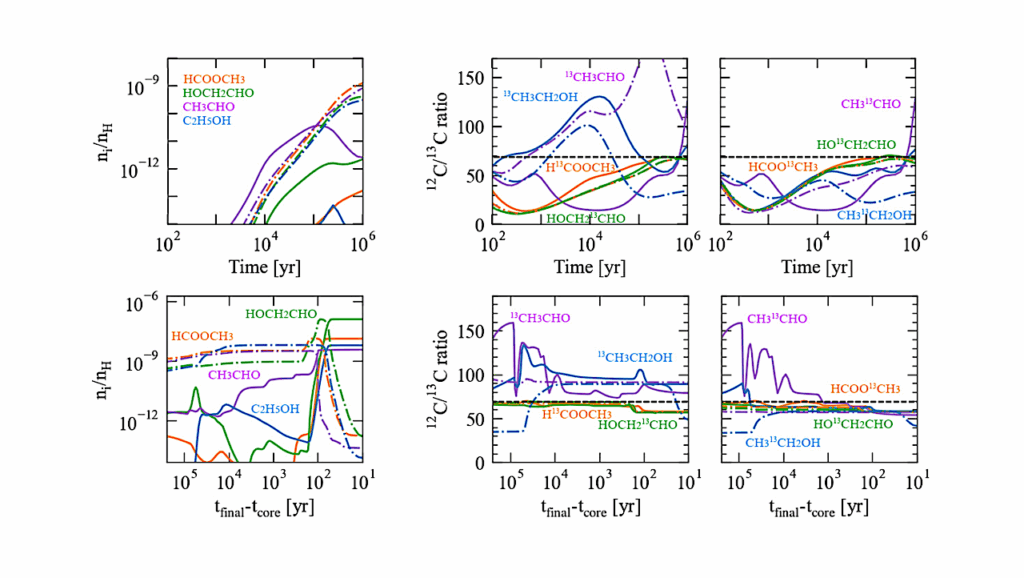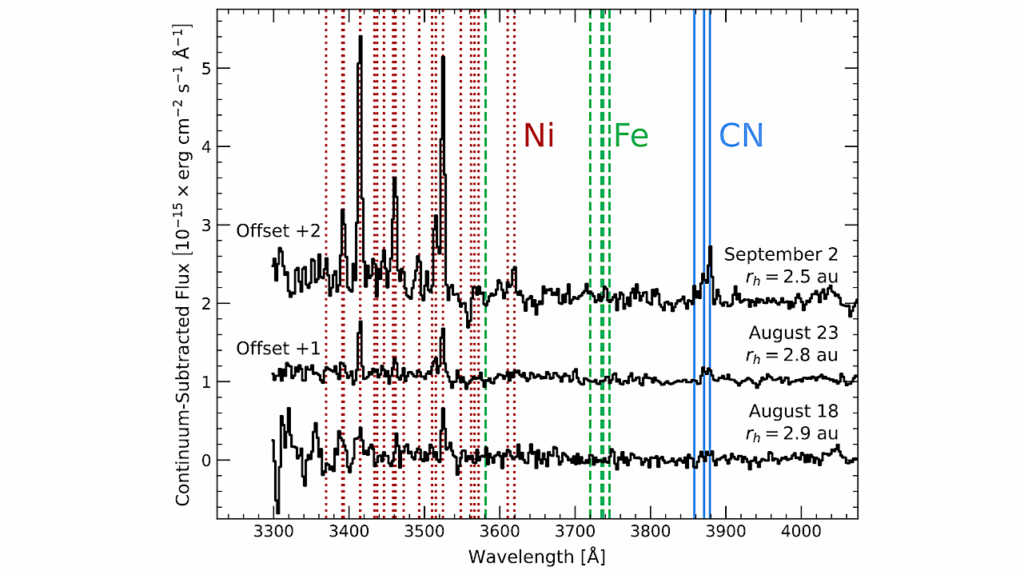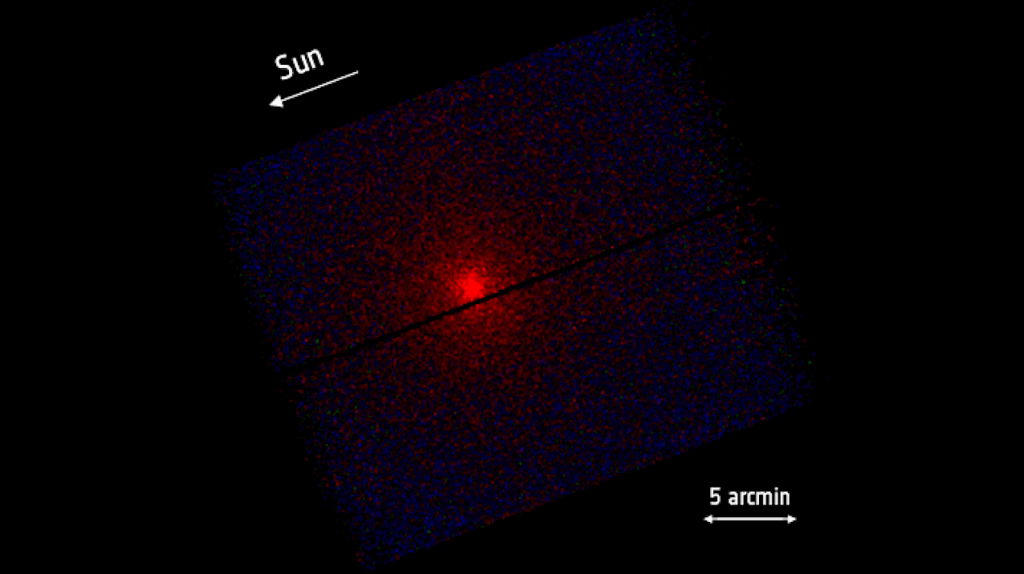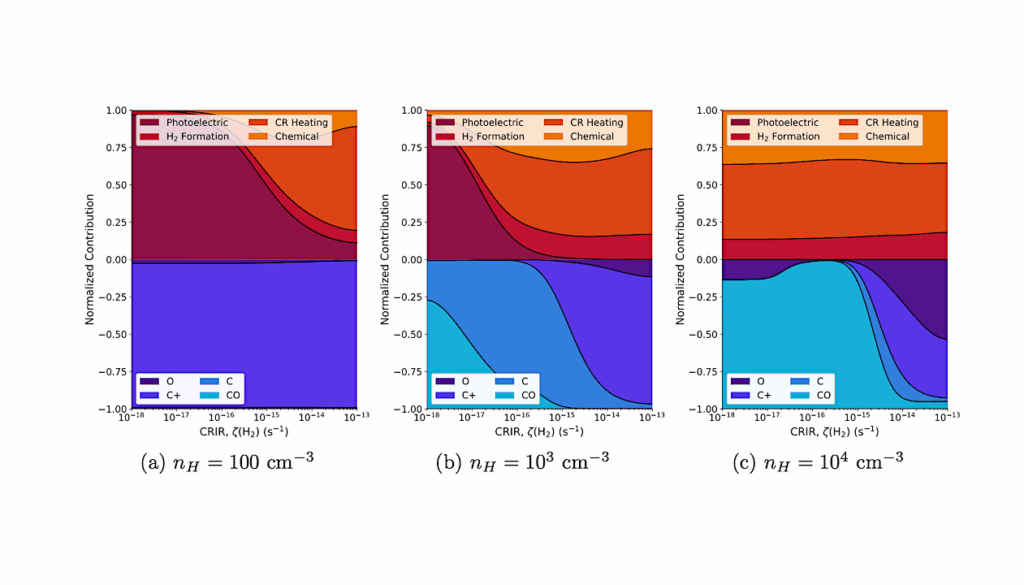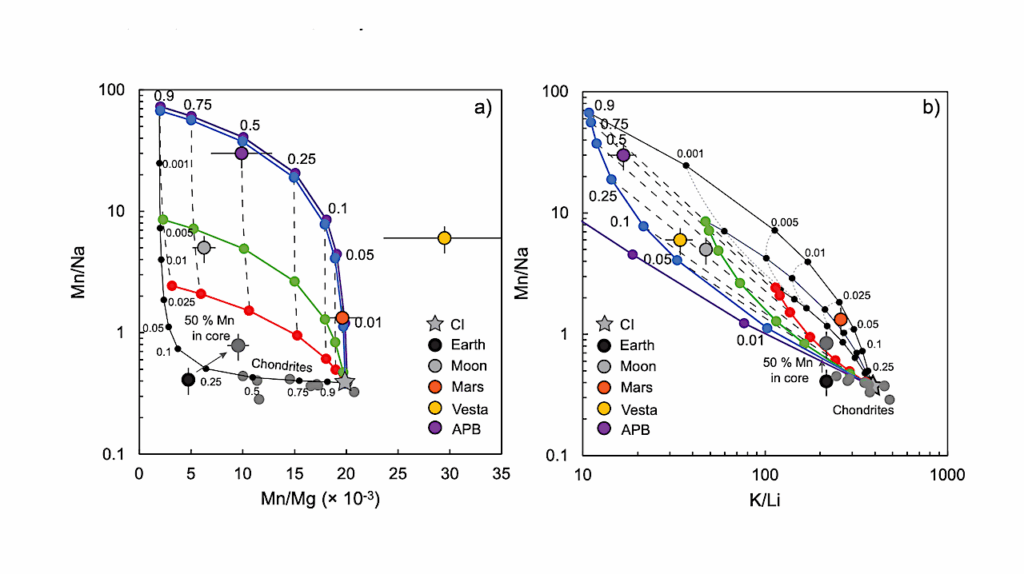Ly-α Processing of Solid-state Ethanolamine: Potential Precursors to Sugar and Peptide Derivatives
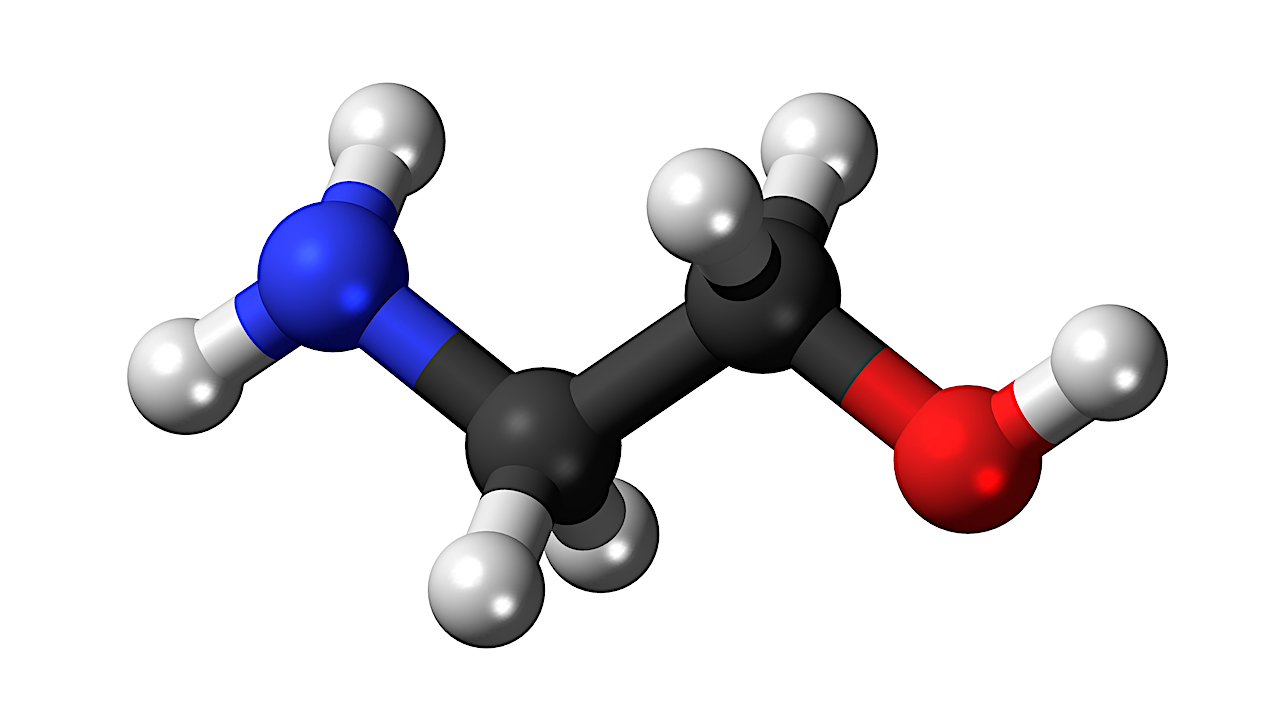
Ethanolamine (EA), a key component of phospholipids, has recently been detected in the interstellar medium within molecular clouds.
To understand this observation, laboratory studies of its formation and destruction are essential and should be complemented by astrochemical models. This study investigates the photostability of EA ice under Lyman (Ly)-α (10.2 eV) irradiation at 10 K, and explores its potential role in the formation of simple and complex organic molecules in molecular clouds.
The UV destruction cross section of EA was estimated to be (4.7±0.3)×10−18 cm2, providing insight into its half-life of 6.5×107 yr in dense interstellar clouds. Fourier transform infrared spectroscopy and quadrupole mass spectrometry were used to identify various photoproducts, with their formation pathways discussed.
Ethylene glycol and serine were tentatively detected during the warming up process following irradiation, suggesting that EA could contribute to the formation of prebiotic molecules such as sugars, peptides and their derivatives.
High mass signals detected in the mass spectrometer suggest the presence of several complex organic molecules, and further analysis of residues at room temperature is planned for future work. The results suggest that EA could contribute to the formation of prebiotic molecules in space, with implications for the origin of life.
T. Suhasaria, S. M. Wee, R. Basalgète, S. Krasnokutski, C. Jäger, K. Schwarz, Th. Henning
Subjects: Astrophysics of Galaxies (astro-ph.GA)
Cite as: arXiv:2502.07970 [astro-ph.GA] (or arXiv:2502.07970v1 [astro-ph.GA] for this version)
https://doi.org/10.48550/arXiv.2502.07970
Focus to learn more
Submission history
From: Tushar Suhasaria Dr
[v1] Tue, 11 Feb 2025 21:29:56 UTC (867 KB)
https://arxiv.org/abs/2502.07970
Astrobiology, Astrochemistry,


